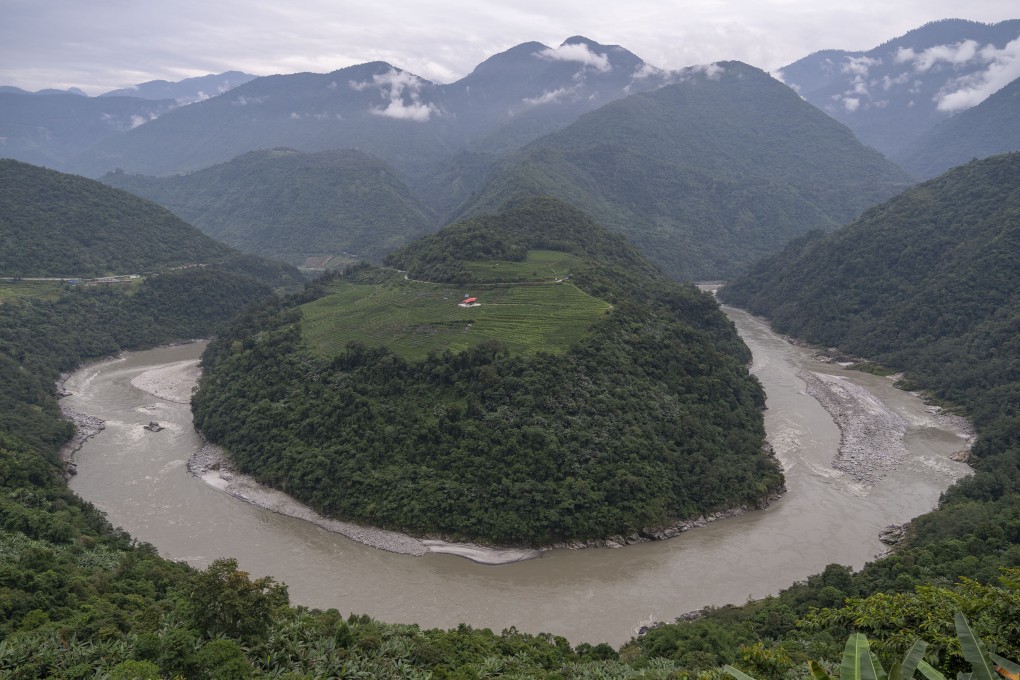China-India relations: Beijing should speed up hydropower project, Tibetan official says
- Planning and environmental impact assessments for dams on Yarlung Tsangpo River ‘should be approved as soon as possible’, region’s Communist Party deputy chief says
- Chairman of development company said in November the project would help to ensure China’s ‘water resources security and homeland security’

Che Dalha, deputy Communist Party chief of western China’s Tibet autonomous region, said authorities there should “strive to begin construction [of the dams] this year”.
“Comprehensive planning and environmental impact assessments for the project should be approved as soon as possible,” he said on Saturday, according to a press release published on Monday on an official regional government website.
Che said also that the exploration of natural gas in northern Tibet should be one of the focuses of the country’s energy development goals over the next five years.

Beijing is keen to boost its energy capacity and resource-rich Tibet is seen as ripe for development. But the hydropower project on the Yarlung Tsangpo is likely to stoke tensions with India, with which China has been locked in a bloody border dispute since May last year.